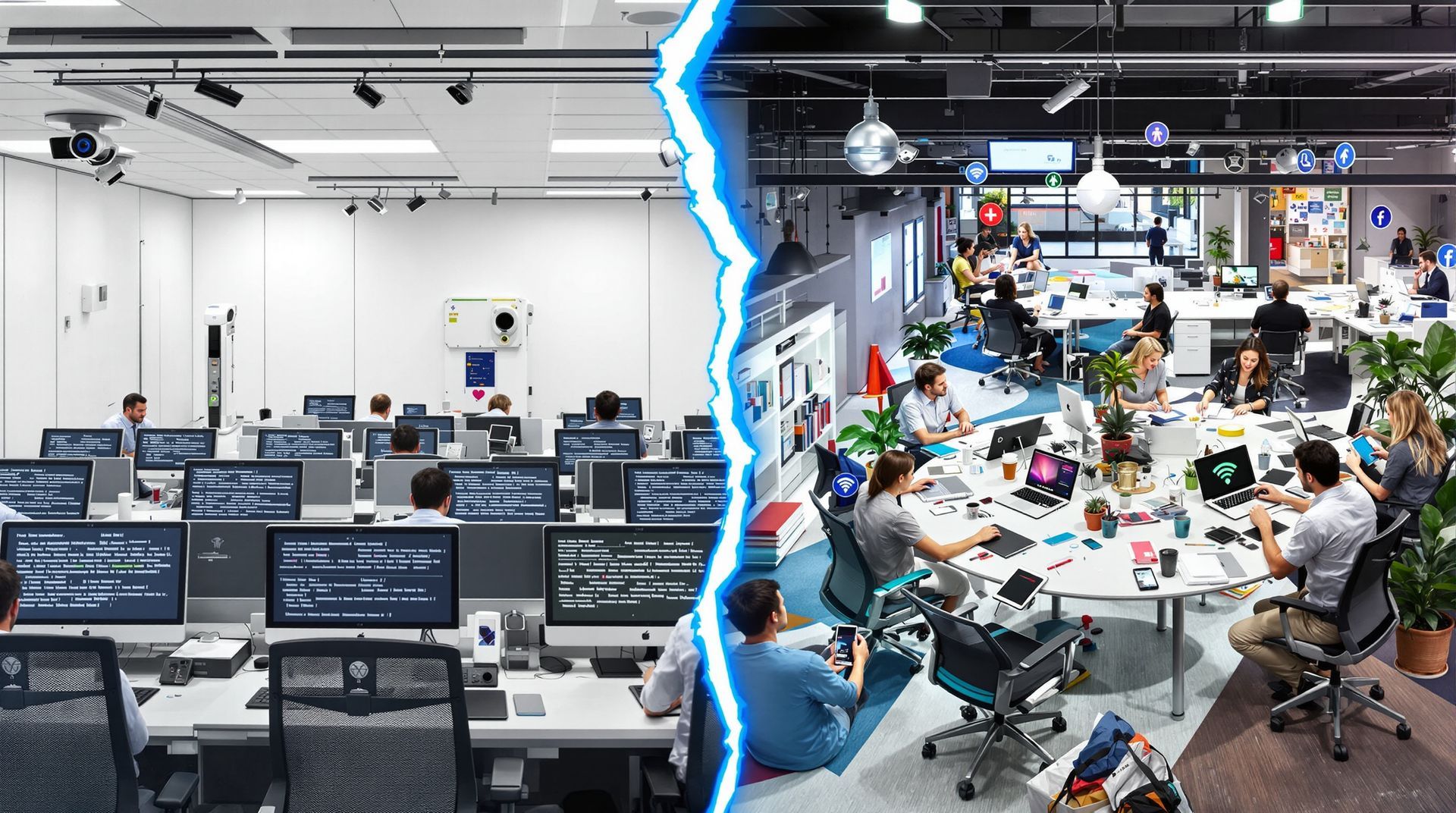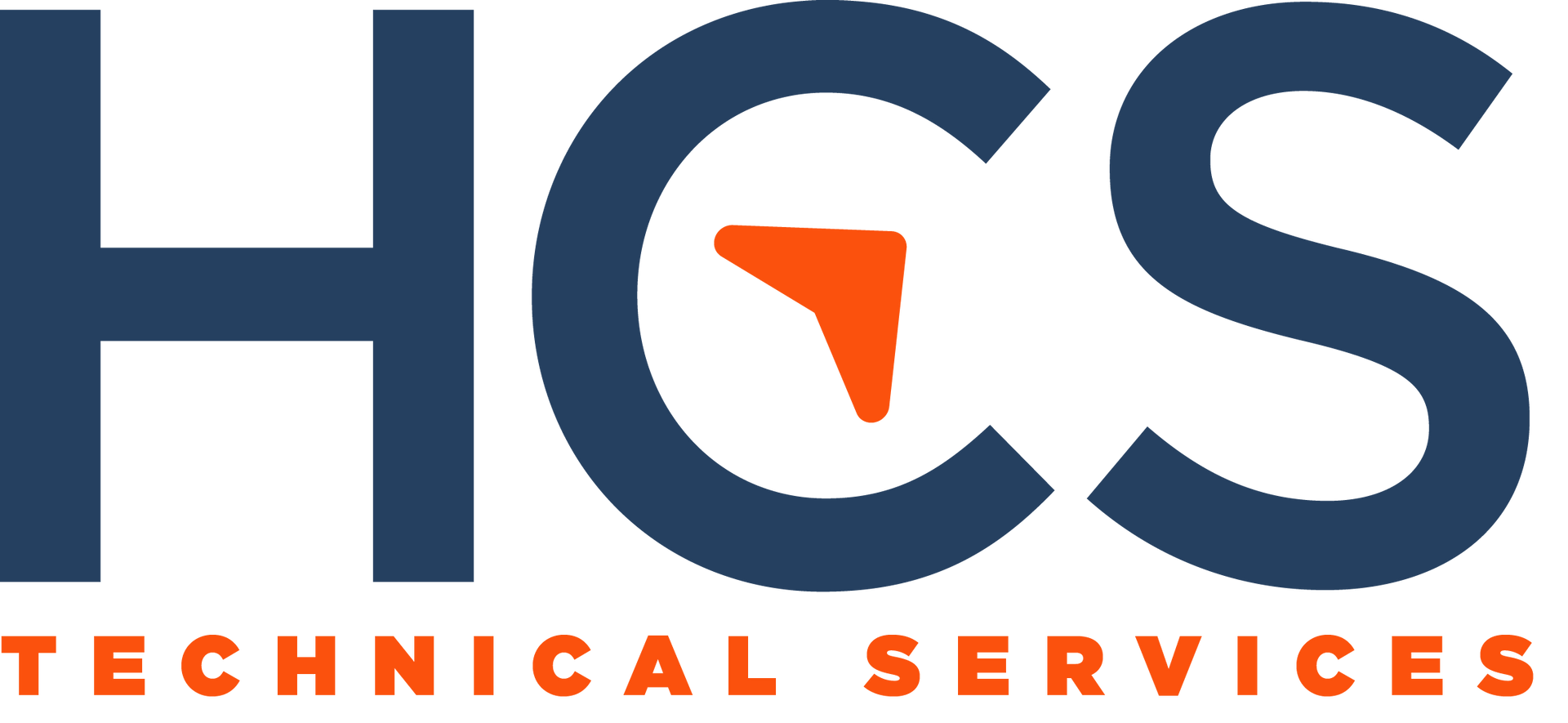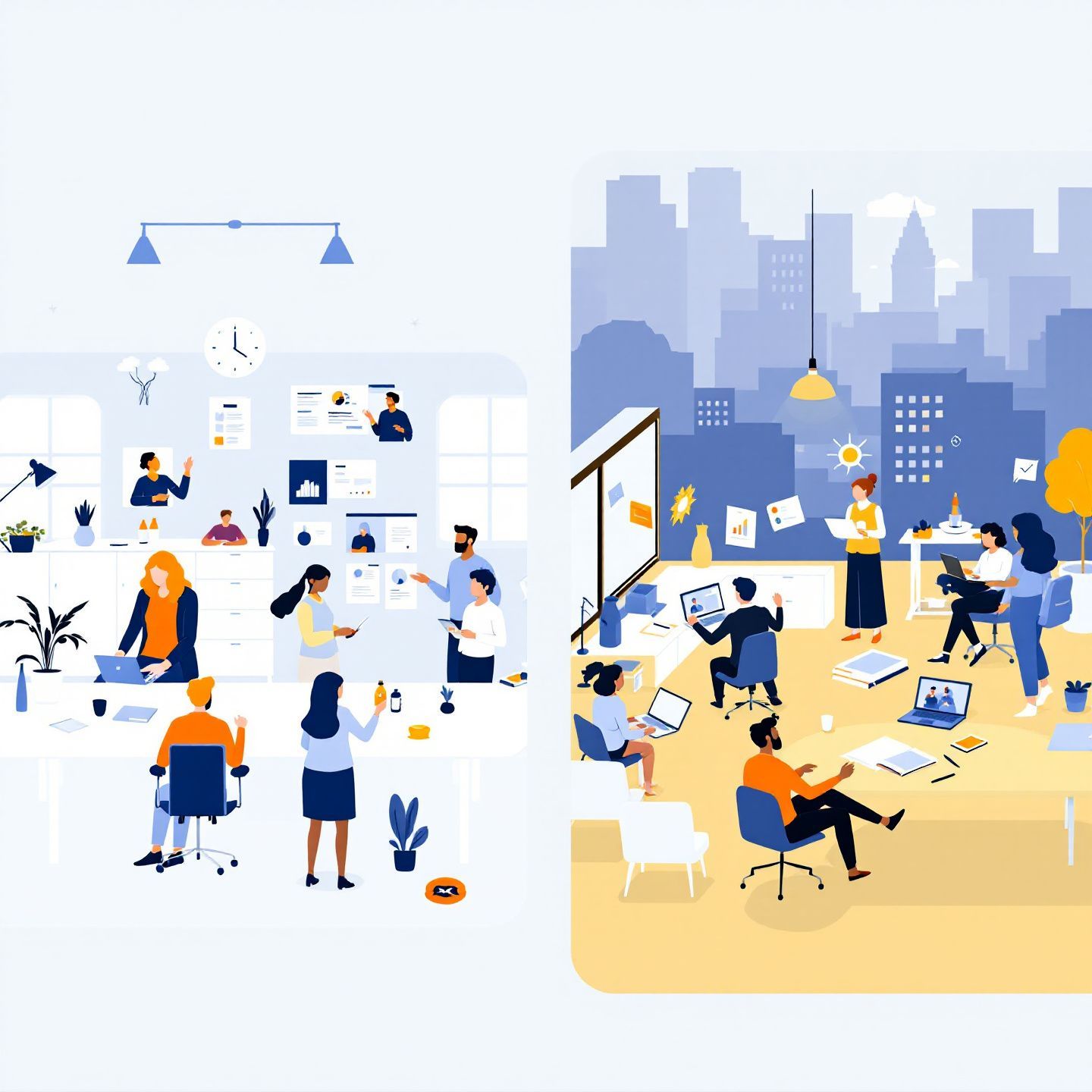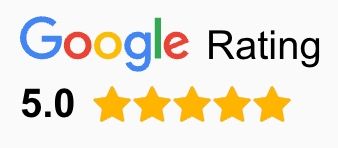How Can I Prevent the Loss of Critical IT Knowledge When Employees Leave?
Strategies to Capture, Retain, and Transfer Vital Tech Expertise

Employee turnover is a reality in the business world, but when tech-savvy employees leave, they often take with them a treasure trove of IT knowledge. This creates not just a skills gap but can also lead to a chaotic transition period that hampers productivity. So, how can you keep the knowledge, not just the files, and combat the IT brain drain?
The Solution: Implement a Structured Knowledge Transfer System
The key to retaining critical IT knowledge is to implement a structured knowledge transfer system that documents key IT procedures and protocols. By creating a centralized repository of information, you ensure that essential knowledge is always accessible, even as employees come and go.
Actionable Tip: Create a Centralized Knowledge Database
To get started, create a centralized database where departing employees can record essential tasks, shortcuts, and troubleshooting solutions. This database should be easily accessible and editable by your remaining IT team, ensuring that knowledge is continuously updated and shared. Encourage your team to contribute to the database regularly, making it a part of their daily workflow.
The Invaluable Benefits of a Knowledge Transfer System
- Ensured Continuity: By documenting critical IT processes, you ensure that your business can continue operating seamlessly, irrespective of staff changes. This continuity is essential for maintaining productivity and meeting customer needs.
- Increased Efficiency: A centralized knowledge database speeds up the onboarding of new hires, as they can quickly tap into the collected wisdom of their predecessors. This reduces training time and gets new employees up to speed faster.
- Enabled Innovation: When your IT staff isn't bogged down with relearning basic processes, they have more time to focus on innovation and process improvement. An organized knowledge transfer system frees up your team to think creatively and drive your business forward.
Your Employees' Knowledge is a Valuable Asset
Think of it this way: The knowledge held by your employees is as valuable as any asset on your balance sheet. By preserving that knowledge, you preserve your company's operational integrity and competitive edge.
Get Expert Help to Design Your Custom Knowledge Transfer System
To ensure that your knowledge transfer system is tailored to your business's unique needs, consider consulting with HCS Technical Services. Their experienced team can help you design a system that captures critical knowledge, integrates seamlessly with your existing processes, and keeps your business running smoothly through any transition.
Combatting the IT brain drain is essential for any business that relies on technology to drive its operations. By implementing a structured knowledge transfer system and creating a centralized database of information, you can ensure that your business retains the critical knowledge it needs to succeed, no matter who comes and goes. Start preserving your IT knowledge today and secure your business's future.
HCS Technical Services



FIND US
HCS Technical Services LLC
120 Riverwalk Dr. STE 310
San Marcos, TX 78666
LET'S CONNECT
Marketing by
Right Tool Media LLC
© HCS Technical Services LLC | Website by Right Tool Media








